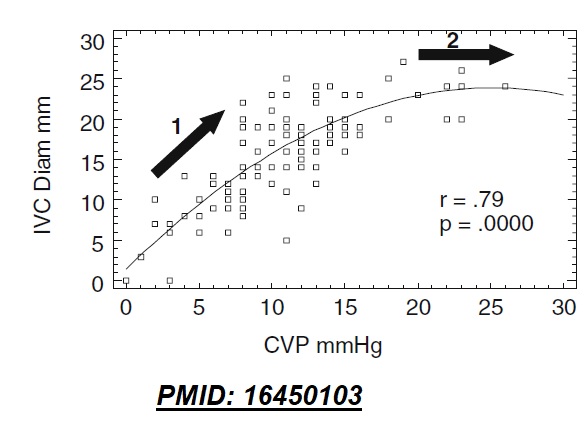This was brought up recently-
Although it's impossible to do justice to this topic in a #tweetorial, I'll give it a shot
This is important to understand for 2 reasons:
In normal lung, the net gradient of Starling forces is outward (mildly positive transmural pressure) --> mild transudation of fluid --> interstitial edema.
1. NPV = negative Ppl:
(a)Extra-alveolar vessels: Ambient pressure (Ppl) reduced -->⬇️ intravascular pressure
However, the reduced pre- and post-capillary pressures also reduces Pc proportional to reduction in Ppl
So you can see that Ppl tends to oppose the effect of Palv on alveolar capillaries
Capillary transmural pressure (Ptm) = Pc - (Palv - Ppl) = Pc - PL, where PL is transpulmonary pressure.
2.Similarly, in PPV:
(a)Extra-alveolar vessels: ⬆️ Ambient pressure (Ppl) --> ⬆️intravascular pressure
(b)Alveolar vessels: ⬆️Palv opposes transudation
However, the increased pre- and post-capillary pressures also ⬆️Pc proportional to Ppl
Again, Ptm = Pc-(Palv - Ppl) = Pc-PL
Actually, there is. The key here is the effect of Ppl on pulmonary vascular volume.
So in NPV, Pc would be higher for the same "pleural pressure swing" for a given TV. Extremely negative Ppl can exacerbate pulmonary edema.
Consider an obese patient receiving PPV. Their end-exp PPl = 25, PEEP applied = 25, so PL = 0. (These are realistic numbers)
One may think that such high PEEP (Palv) would "crush" the capillaries causing increase in PVR?
1. Transmural capillary pressure (roughly) proportional to Palv - PL.
2. For same TV and lung elastance, both NPV and PPV generate the same PL.
3. However, for the same end-exp pulmonary vascular volume, NPV and PPV will have opposing effects on venous return
E.g.: NPV --> negative Ppl --> ⬆️ venous return --> ⬆️pulmonary vascular volume --> ⬆️transmural vascular pressures.
4. Due to point 3, NPV would result in a higher transmural capillary pressure (for the same PL) --> higher chance of pulmonary edema. And vice versa.
/END
For extra credits: I'll briefly mention how alveolar volume relates to PVR. There are, in fact, 2 individual mechanical factors that affect PVR
(i) Transmural capillary pressure: which is proportional to PL
(ii) Alveolar volume (for purely geometric reasons) - ....
Both of these have synergistic effects (⬆️PL also ⬆️alveolar volume). However, if lung elastance is high, same PL would generate a lower alveolar volume, and hence lower PVR






